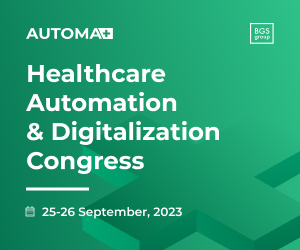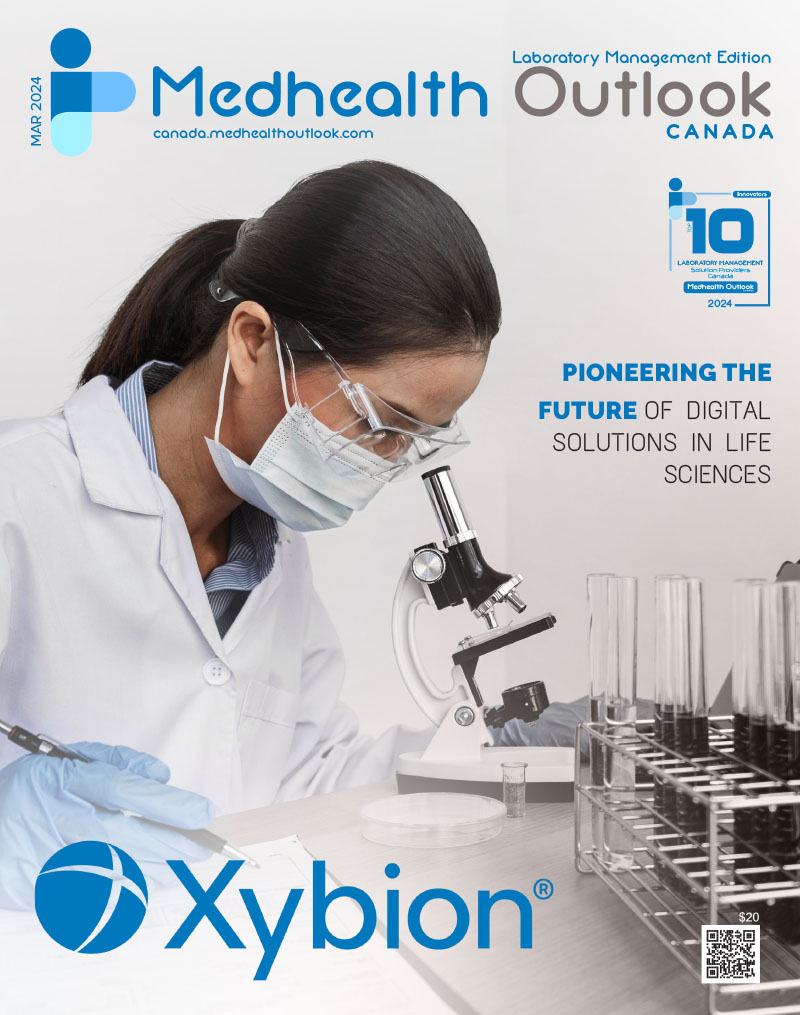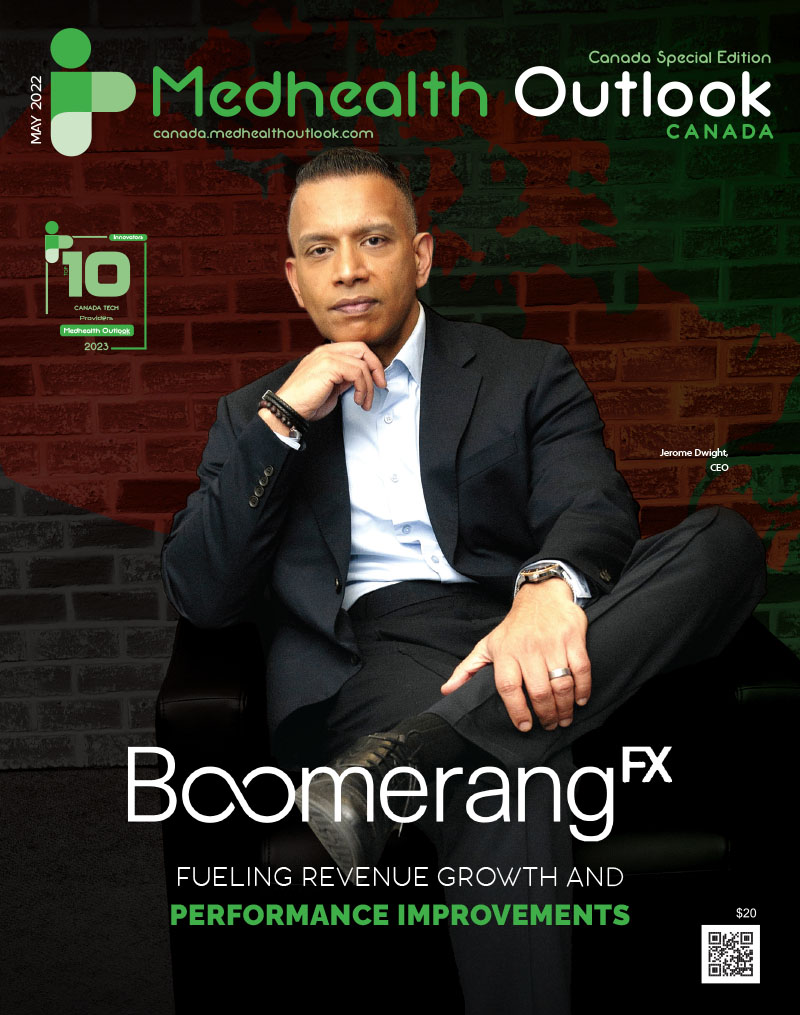The benefits of digital advances enabled opportunities in diagnostics can make enormous impact on the needs of the health sector and on the society. Particular focus here areadvances in recent data-driven opportunities, namely the artificial intelligence (AI) wave, made possible by incredible progress in our ability to generate, assemble, and compute on incredibly large volumes of data to extract knowledge involving complex interactions between various information available including through machine learning (ML).The other major arm of digital transformation driving healthcare advances is significantly aided by new measurement approaches leveraging the democratized measurement and communication advances such as in mobile phones (as well other aspects that are called the solutions at the edge). Digital health advances based on computational and AI advances has the potential to be predictive in previously unknown ways and to get novel insights – both aspects resulting from the ability to use very large amounts of data and to make inferences from highly complex interactions.
I focus on the impact of the data-driven AI wave on diagnostics and health sector and start with one aspect of value as call to action to the community upfront. While applying these evolving advances and enriching themselves component organizations of the sector need to (or should be forced to do so) pass on significant benefits to end-users.
We are in an era where our healthcare spending is at an untenable high, at the same time we have an unacceptable level of inequity of healthcare availability – the cause for this disparityis often attributed to demographic factors. However, in contrast to what the two parts of previous statement might seem to indicate from an economic perspective, the impact of that inequality of care availability to a subsection has impact on the society as a whole; this was made even more obvious by the COVID pandemic. That fact is also evident from many impacts of the opioid epidemic.
In this article we use the terms ‘health sector’ or ‘healthcare sector’ to include development of drugs, med-tech and diagnostics, care to patients, payers and regulators. The term ‘diagnostics’ here covers all aspects from wellness, efforts to infer treatment options to alleviate symptoms, and the use in monitoring efficacy of treatment either during, after or in-between treatment phase.
Health and wellness are significantly more complex than many highly complex engineered systems because they are not built ground up by humans and changes manifested often as symptoms or illness or treatment effects cannot be easily understood even with extensive resources (yet). It is also a well-known fact that the structure of the whole healthcare sector has a high degree of inflexibility at all levels in significant part driven by caution and respect for human lives. Further, most enterprises comprising the healthcare sector are highly dependent on experts with accumulated knowledge. Two major impacts of above facts in patient care part of healthcare sector are what evolved as a fee-for-service model and lack of transparency of cost. Currently there is intense effort to transform healthcare into value-based system with lot more transparency – which is no easy feat.
The above introduction especially the complexity part of healthcare would likely indicate that the sector has probably met its match in AI given sufficiently improved potential to uncover effects of complex interactions of many factors. However, ML driven AI is a double-edged sword because the basis for the decisions from them is often not known, so extreme care should be exercised to evaluate them. One approach that works effectively for evaluating solutions to be used in large scale data and applications is to not put lot of reliance on classical metrics and to evaluate value from results of practical validations. Particular looking for answers to the following questions in those results significantly alleviate the effects of complexity and not always knowing basis for decision obtained: (i) are the data used diverse enough as well as if validation included data with other knowledge close enough to confuse the machine learning or other computation approaches behind the AI solutions, (ii) does the solution find the knowledge known to be in those data, (iii) even if the validation study is not designed, rather despite the fact that they are specifically not designed for that, do they find insights beyond the question asked as part of the validation, (iv) do they have evidence that the variation in data are at least as complex if not more, than the applications that you want to use the solutions for and your team have found most solutions fail, (v) does the solution have the potential to translate the properties of data used in validation to newer applications, (vi) are they robust to work across datasets – one of the major problems with many computational solutions especially when applied to large volumes of data, that AI heavily relies on, is that they are highly finicky or too optimized for particular kind of data and perform poorly with changes in data that are common in real life applications.
The future of diagnostics can be transformed by these developments in AI not only by their capability to deliver novel digital diagnostics but also to effectively improve the value from the other arm of digital transformation; can guide choice of diagnostics used for given symptoms tailored for a person using holistic information, as well as improve how they are interpreted and reported. The success and additional progress from these efforts will (i) save time and effort of physicians that can be channeled to those who need more care, (ii) decrease time to meaningful and actionable decisions and consequently outcomes. Diagnostics and many other needs of health sector if developed thoughtfully leveraging these digital advances, can tap the overlap in applications from early development stage, spanning clinical trial and product sale, and in clinical use to detect impending illness early, alleviate symptoms, cure disease or improve quality of life.













